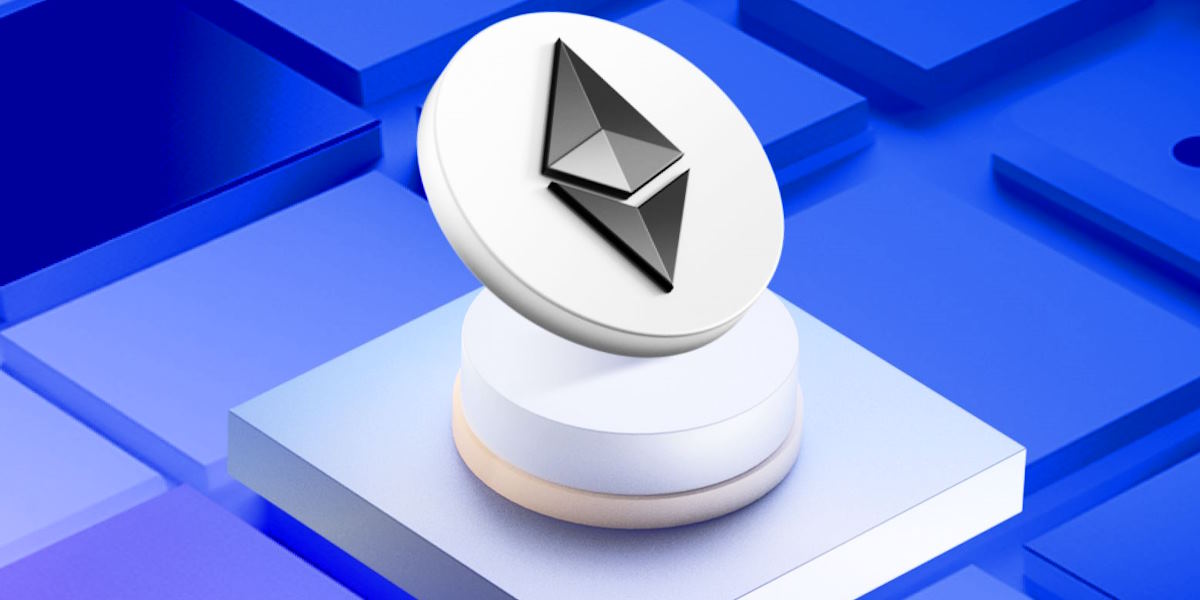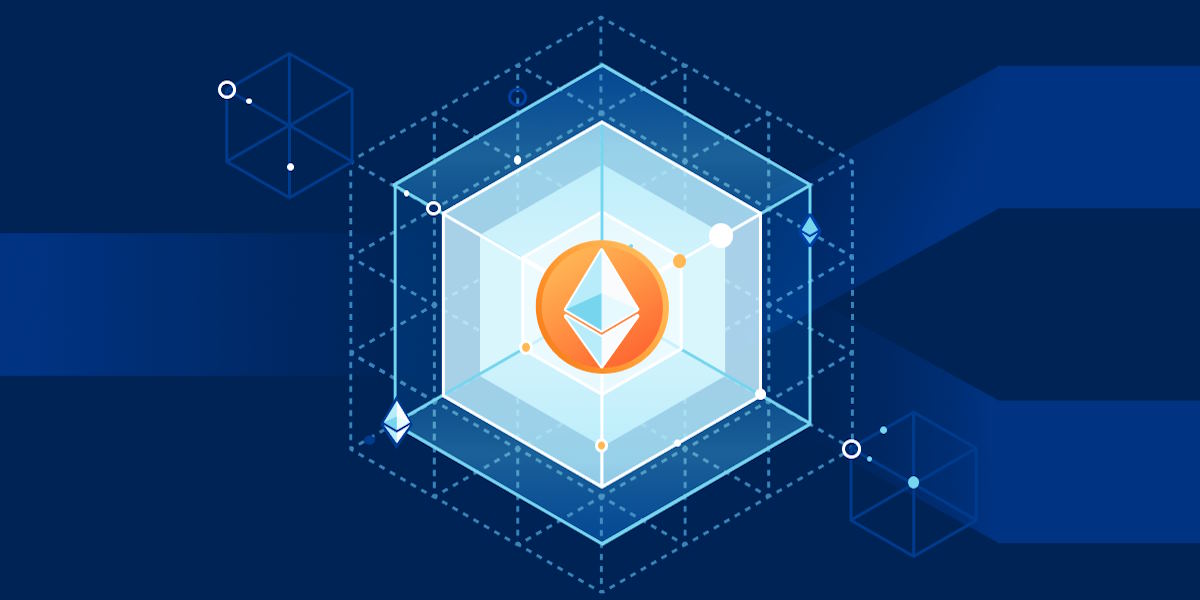Understanding the Differences Between Ethereum Mainnet and Testnets

In Ethereum development, understanding the distinctions between the Ethereum Mainnet and its various testnets is crucial. Both environments serve different purposes and play essential roles in the development, testing, and deployment of blockchain applications. This article explores the differences between Ethereum Mainnet and testnets, their functionalities, and the process of transitioning from testnets to the Ethereum Mainnet.
Mainnet vs. Testnet in Ethereum Development
- Ethereum Mainnet
The Ethereum Mainnet is the primary network where real transactions occur and where the actual value of Ether (ETH) is exchanged. It is the live, operational blockchain where applications are deployed for real-world use. Key characteristics include:
- Real Assets: Transactions on the Mainnet involve real Ether and assets, making security and reliability paramount.
- Immutable Ledger: The Mainnet maintains an immutable record of all transactions, ensuring transparency and trustworthiness.
- Consensus Mechanism: The Mainnet uses proof-of-stake (PoS) for consensus, with validators confirming transactions and maintaining network security.
- Ethereum Testnets
Testnets are alternative Ethereum networks used for testing and development purposes. They mimic the Mainnet environment but use simulated Ether (testnet ETH) that holds no real value. Key characteristics include:
- Testing Environment: Testnets allow developers to deploy and test smart contracts and dApps (decentralized applications) without risking real assets.
- Simulated Transactions: Transactions on testnets use testnet ETH, which can be freely obtained from faucets and does not affect the Mainnet.
- Variety of Testnets: Ethereum supports multiple testnets, including Ropsten, Rinkeby, and Goerli, each with unique features and consensus mechanisms.
Differences in Ethereum Mainnet and Testnet Functionality
- Security and Reliability
- Mainnet: High security and reliability are critical due to the involvement of real assets and financial transactions.
- Testnet: While security is still important, testnets are less critical and focus on providing a safe space for experimentation.
- Cost and Resources
- Mainnet: Transactions and contract deployments incur real costs in ETH, which requires careful budgeting and planning.
- Testnet: Testnet ETH is free and can be obtained easily, making it ideal for developers to experiment without financial constraints.
- Performance and Features
- Mainnet: Handles a higher volume of transactions and has real-world implications for performance and scalability.
- Testnet: Performance may vary, and features might be tested in a less controlled environment compared to the Mainnet.
Transitioning from Testnet to Ethereum Mainnet
- Testing and Validation
Ensure that your smart contracts and dApps have been thoroughly tested on testnets. Extensive debugging and validation are performed to minimize issues when deploying to the Mainnet.
- Deployment Process
Follow best practices for deploying to the Mainnet, including security audits and optimizations. Use a phased approach to deployment, starting with smaller transactions and gradually increasing scale.
- Monitoring and Maintenance
After deployment, continuously monitor your application on the Mainnet for performance and security issues. Be prepared to address any issues that arise promptly.
Understanding the differences between Ethereum Mainnet and testnets is essential for developers working on Ethereum-based projects. Testnets offer a safe environment for development and testing, while the Mainnet provides the real-world platform for deploying and operating blockchain applications. By thoroughly testing on testnets and carefully transitioning to the Mainnet, developers can ensure successful and secure deployment of their projects.


